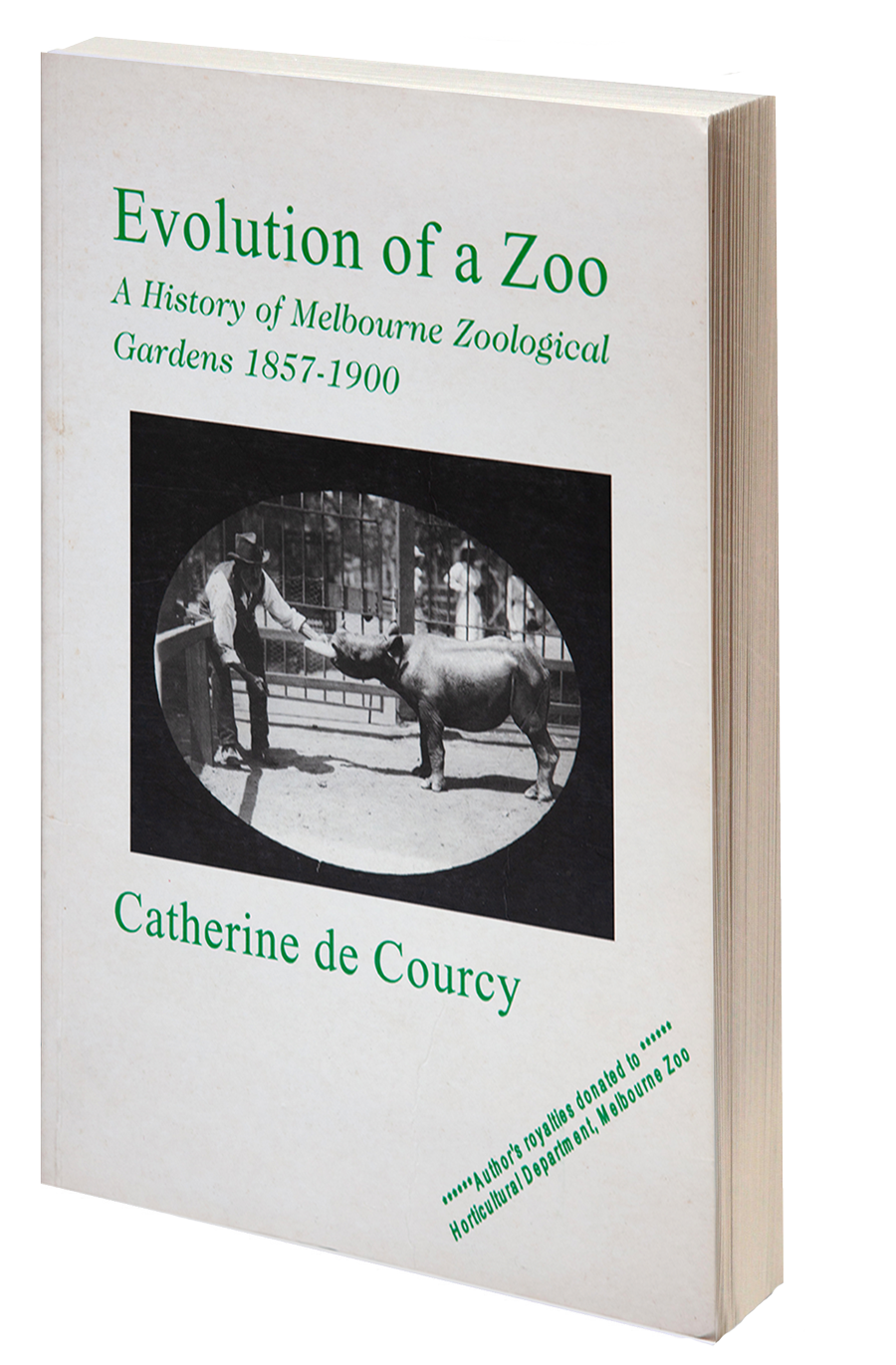Review by Tim Brown of Dublin Zoo: an illustrated history, in Zoo Grapevine and International Zoo News. Winter 2020 – 2021.
In 2009 the celebrated author Catherine de Courcy wrote a fairly weighty (356) history of the Dublin Zoo, a book I reviewed in a Zoo Grapevine of the same year. At the time, therefore, the zoo was only three years into its 2006 masterplan. As I stated in the Winter 2018 issue of ZG&IZN, this masterplan has been quite superbly implemented and taken the zoo to a new level. The previous edition of this history book therefore misses much of the period which has seen Dublin Zoo at its greatest heights. The new edition takes us to the end of the tenure of the man responsible for much of this development: Leo Oosterweghel, who became Director in 2001. Christoph Schwitzer, ex-Bristol Zoological Director, is now responsible for taking Dublin Zoo into the future.
The end of the Oosterweghel era was perhaps a sensible place to finish the book, which was also launched to co-ordinate with the zoo’s 189th anniversary in 2020, but perhaps 2021 would have been more logical: looking back on 190 years and with a few words from Director Schwitzer? Then again, we must consider ourselves fortunate to have a history book from a BIAZA member, because such things are rarer than Javan Rhinos. There are a few, of course, but Chester Zoo has never had a comprehensive written overview of its past, Twycross has been limited to Molly Badham’s whimsical anecdotes, and even the profusion of books on the Zoological Society of London have never seemed truly satisfying in the way that Berlin (for example) has portrayed its history. Fewer still are the zoos which have bothered to update their story, making Dublin’s account a rara avis indeed.
The first edition of this book was published by The Collins Press whereas the zoo has published the new edition by itself, and there are alterations in addition to the written update. We have a change in book size, from a rather chunky, square book in 2009 to an upright A4 format. Seeing the two editions next to each other on the bookshelf is like looking at Jack Charlton standing next to Nobby Stiles (those not familiar with UK footballers of the 1960s had better google!). The new edition has about half the number of pages as the original, but with the increased paper size it could be that the word count isn’t vastly different. There are the same number of chapters - seven - but in detailing the last 11 years something had to give ... and the old chapters have been edited down significantly. In 2018 the Dublin Zoo marketing team organised a competition on social media inviting the public to send in old photographs of the zoo. These went back to 1930, and a number of them are in the book – in fact, over 50 per cent of the images in the new edition are not in the 2009 book. Similarly some photos in the first book are not in the present one. For enthusiasts, the ‘competition’ photos are largely disappointing; the reason being that Joe Public mainly takes photos of people, then of people with animals, then animals by themselves, then (rarely) of zoo buildings and exhibits. Dublin’s visitors are no different, thought they did send in their written or spoken memories and some new ones are in the book. I think they are important: after all, these are the people who keep the zoo going.
The bibliophilic zoo aficionado would probably purchase both editions of Dublin Zoo: an illustrated history even if their differences were minuscule, but in the event the two books are appreciably different. The author writes clearly and well, as is only to be expected from a person who has not only written about zoos before, but on a wide range of other subjects on at least 15 occasions – usually within a historical context. That said, straightforward historical accounts rely more on reportage than invention, and we have most of what we need here. Perhaps the minutiae of the zoo could be delved deeper, but that’s coming from a zoo enthusiast’s viewpoint: the general public will probably be more than content. Each of the new exhibits that have been part of the zoo’s renaissance are described and the addition of these alone are worth the cost of the book, which itself is very reasonably priced... I cannot do other than recommend the new edition of the Dublin Zoo history to all of our readers.








